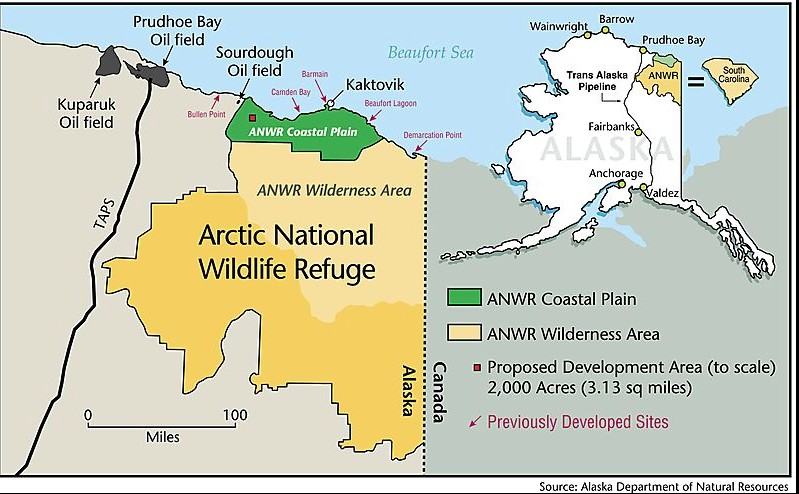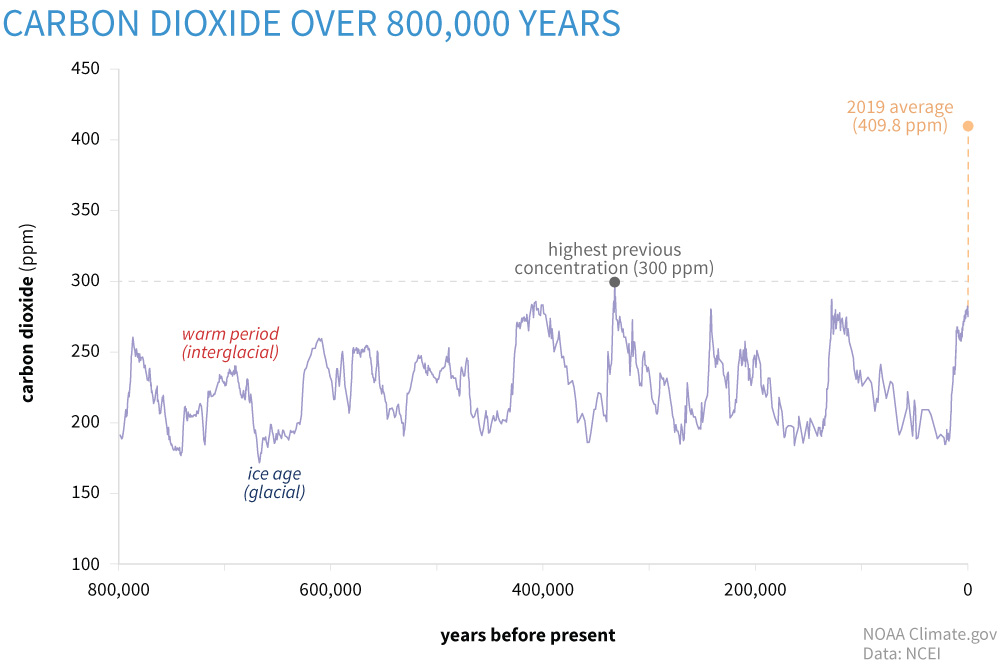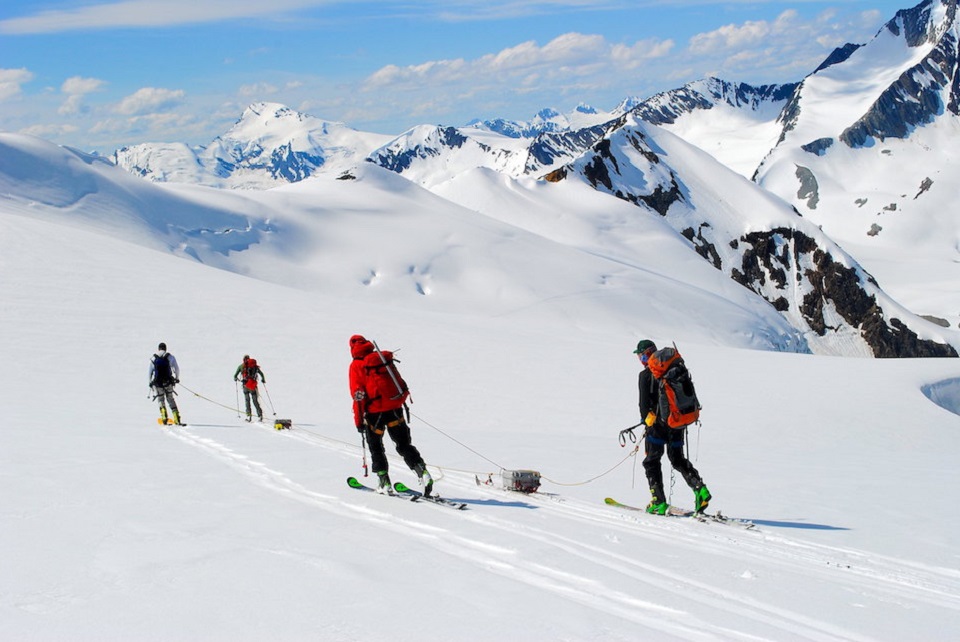The Trudeau Liberals are up to their usual doubletalk when it comes to global warming. Just as they did when they announced last year that Canada was in a climate change emergency and the next day approved the purchase of the Trans Mountain pipeline, the same day that they announced that they were recommitting themselves to fighting climate change in the Speech from the Throne, they were in court asking the judge to throw out the case brought by Canadian youth who feel that this and previous government's actions on global warming threaten their futures.
"We want our voices to be heard, and we want our climate to be protected for us in the future,” said Sierra Robinson, 17, one of the plaintiffs in the children's climate lawsuit filed Oct. 25, 2019, in Canada. Credit: Robin Loznak
While the federal government restated its commitment to fighting climate change in Wednesday's throne speech, CBC has learned Ottawa has also urged a judge to throw out a case brought by a group of young Canadians claiming their right to a safe, stable climate has been breached.
The case, La Rose et al. v. Her Majesty the Queen, was initially filed on Oct. 25, 2019, and has yet to be argued in federal court. It involves 15 youths and teenagers from across Canada who are making a relatively novel legal argument — that their rights to life, liberty, security and equality are being violated because Ottawa has not done enough to protect against climate change.
The hearings are scheduled to begin in Vancouver on Sept. 30 and are expected to last two days.
The stakes are high. If the young people win, a court could force the government to overhaul its plans, reducing Canada's harmful emissions more rapidly and potentially ending fossil fuel industry subsidies.
"This case — it's the only way forward," said 16-year-old Ira Reinhart-Smith of Caledonia, N.S., who is one of the plaintiffs in the lawsuit. "We can't wait for the government to keep saying, 'We'll make a plan that will be up to the most current science.' We need them to be forced to make a plan that's to the current science, because unless the courts are ordering them to do that, we've seen in the past they're not going to follow up on the promises," Reinhart-Smith told Laura Lynch, host of CBC Radio's What on Earth. ...
Another plaintiff in the Canadian case, 17-year-old Haana Edenshaw of the Haida Nation (photo above), is experiencing the effects of climate change on her very doorstep in the village of Masset on Haida Gwaii, off the northwest coast of B.C.
"The water comes right up past our porch, it goes by the door of my room, and it's really scary because it's just going to keep on getting worse every year," Edenshaw said.
Other countries and courts have recognized a constitutional right to a safe environment, but that does not mean Canada will follow suit.
No one from Environment and Climate Change Canada would comment on the case, saying it is before the courts. But in documents filed in the case, lawyers for the federal department acknowledge that "climate change is real … and is having very real consequences on people's lives. Its impacts will get more significant over time."
In its arguments to dismiss the case, though, the federal lawyers argue the lawsuit doesn't target any particular law. "Instead, it asks the Court to decide whether the executive is governing well." And that, the lawyers assert, is not a proper case to bring before a judge.
There is no explicit environmental right in the Canadian Charter of Rights and Freedoms. The young plaintiffs want a judge to rule that such a right is implicit, as with a number of other rights, such as sexual orientation.
One of the lawyers for the young plaintiffs, Catherine Boies Parker, contends their claim is serious, substantial and rightly argued in a full hearing.
"It can't be the case that the government can, without any constitutional constraints whatsoever, continue to engage in" activities that jeopardize its climate targets, which are to reduce its greenhouse-gas emissions by 30 per cent below 2005 levels by 2030, said Boies Parker. "Everyone understands now it is causing all of this harm to the plaintiffs. It can't be that [politicians] get a free pass on that just because climate change is complex."
https://www.cbc.ca/news/technology/what-on-earth-climate-change-lawsuit-...


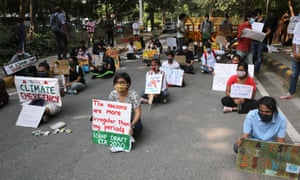
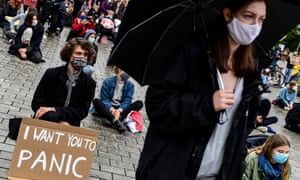
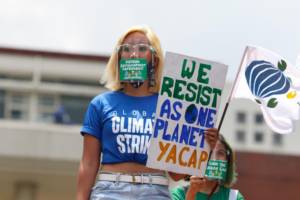





 Toronto climate strike September 25th 2020.
Toronto climate strike September 25th 2020.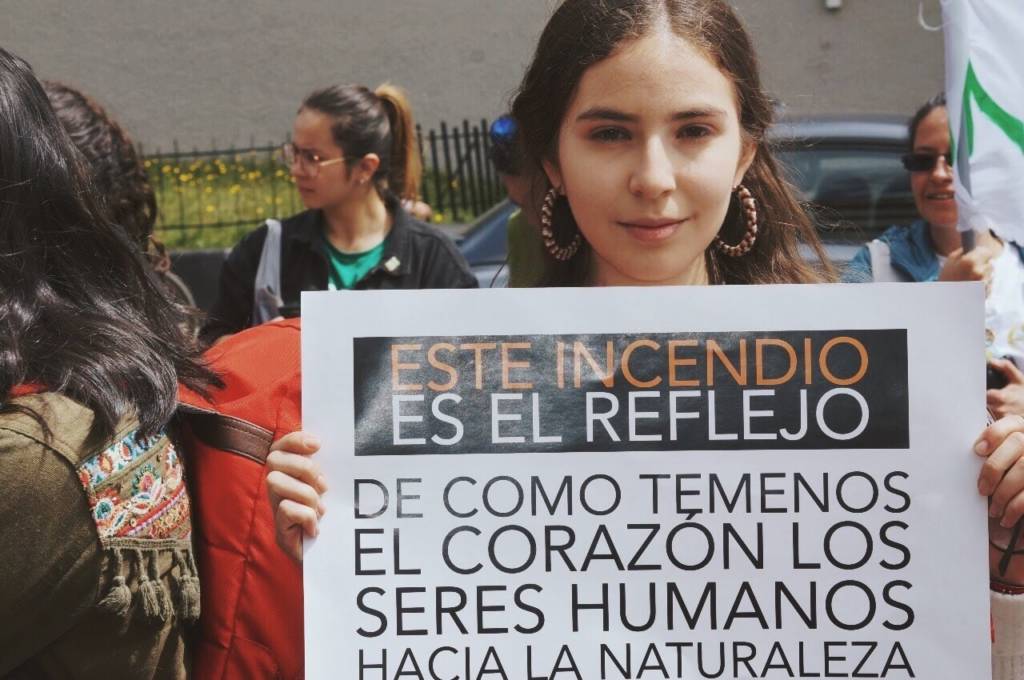 It wasn’t until last year in August, when part of my country’s rainforest was being burned down, that I found shelter in climate activism. That is when I created a movement to connect youth with NGO’s, so they’d knew how to be part of the change. Thanks to the movement, I started going to climate strikes, and getting to know the climate activists in my city. I helped organize three climate strikes in my city.
It wasn’t until last year in August, when part of my country’s rainforest was being burned down, that I found shelter in climate activism. That is when I created a movement to connect youth with NGO’s, so they’d knew how to be part of the change. Thanks to the movement, I started going to climate strikes, and getting to know the climate activists in my city. I helped organize three climate strikes in my city. 
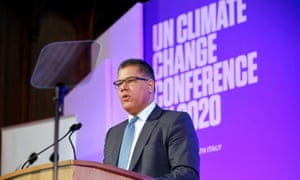

 Changing your sign to a greener symbol doesn't change what you are selling.
Changing your sign to a greener symbol doesn't change what you are selling. 


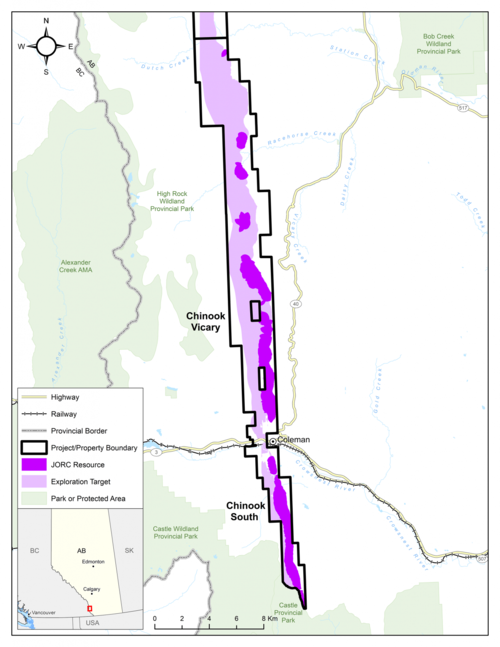

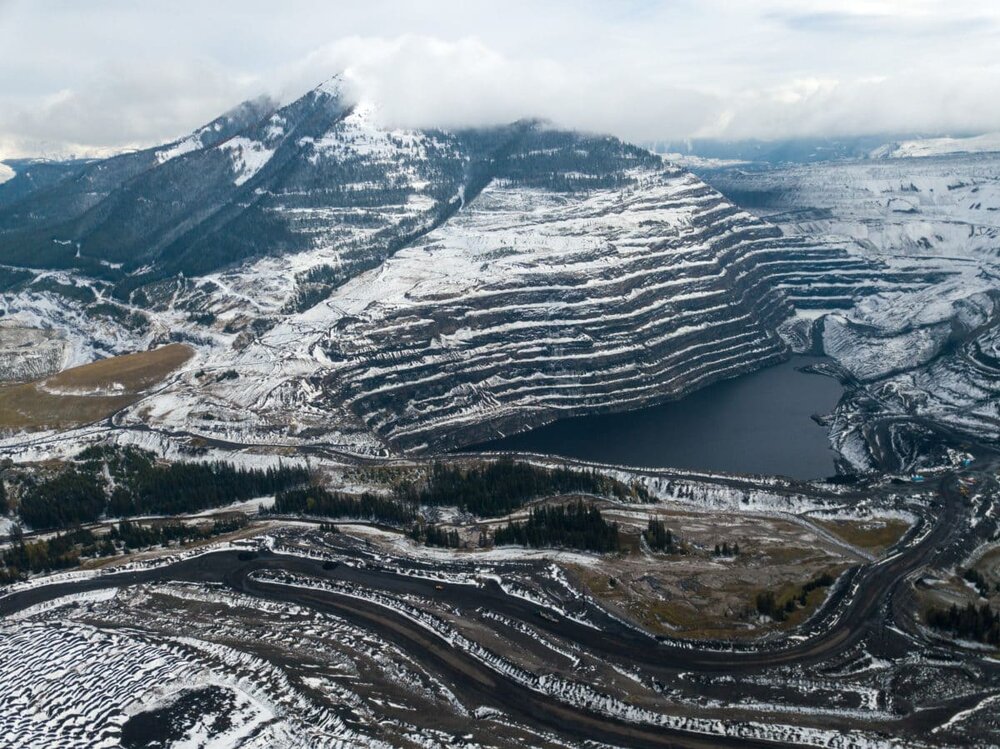
 A solar installation in Oliver, B.C. Terratek Energy Photo / Facebook
A solar installation in Oliver, B.C. Terratek Energy Photo / Facebook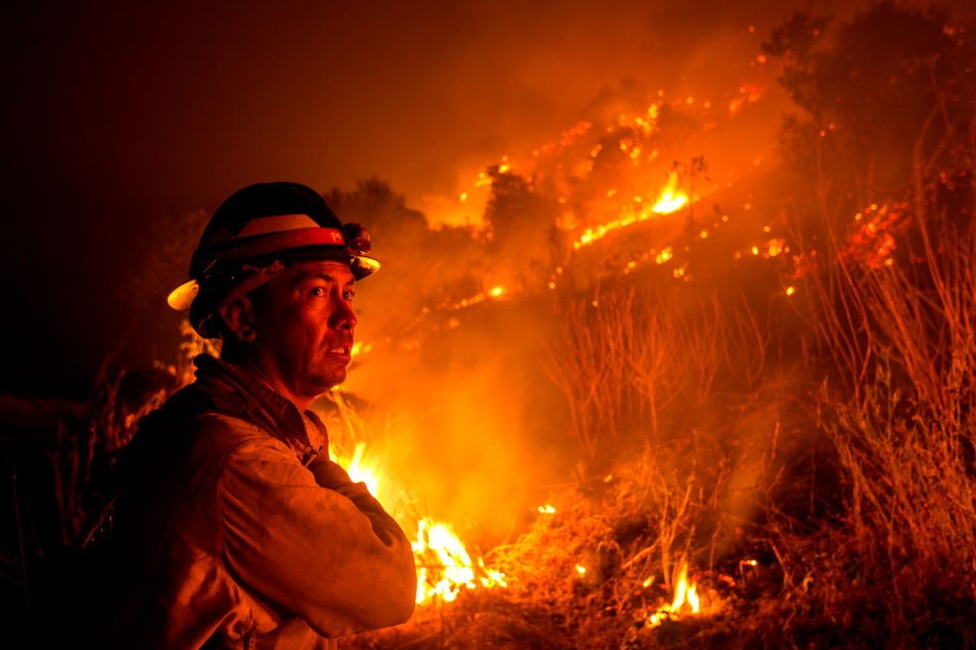 Firefighting resources have been stretched to the limit by the scale and extent of the wildfires IMAGE COPYRIGHTGETTY IMAGES
Firefighting resources have been stretched to the limit by the scale and extent of the wildfires IMAGE COPYRIGHTGETTY IMAGES


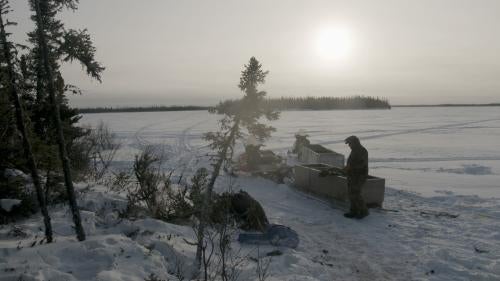
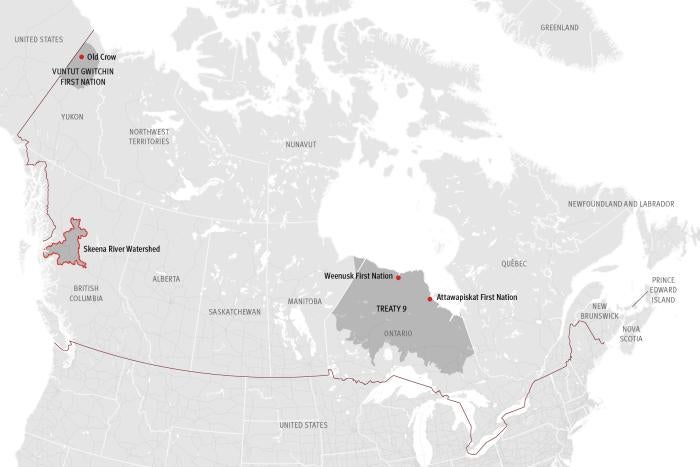
 Cities projected to receive at least 0.5 meters of sea level rise by the 2050s under RCP8.5.
Cities projected to receive at least 0.5 meters of sea level rise by the 2050s under RCP8.5.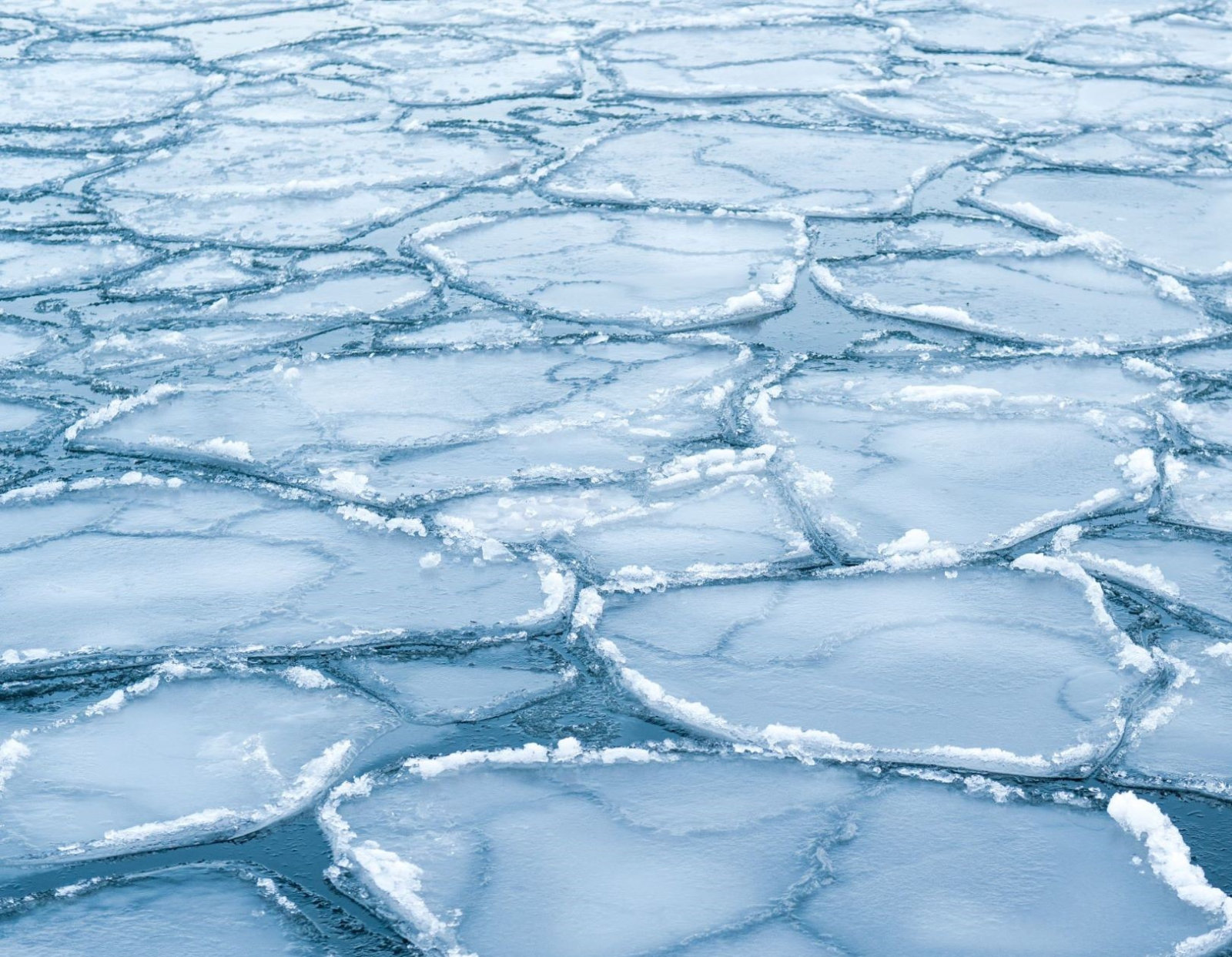 A delayed freeze in the Laptev Sea could have knock-on effects across the polar region, scientists say. Photo by Tapio Haaja on Unsplash.
A delayed freeze in the Laptev Sea could have knock-on effects across the polar region, scientists say. Photo by Tapio Haaja on Unsplash.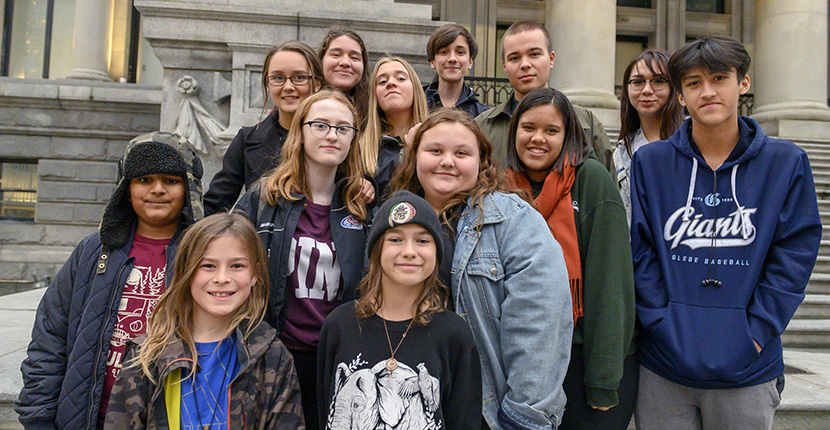
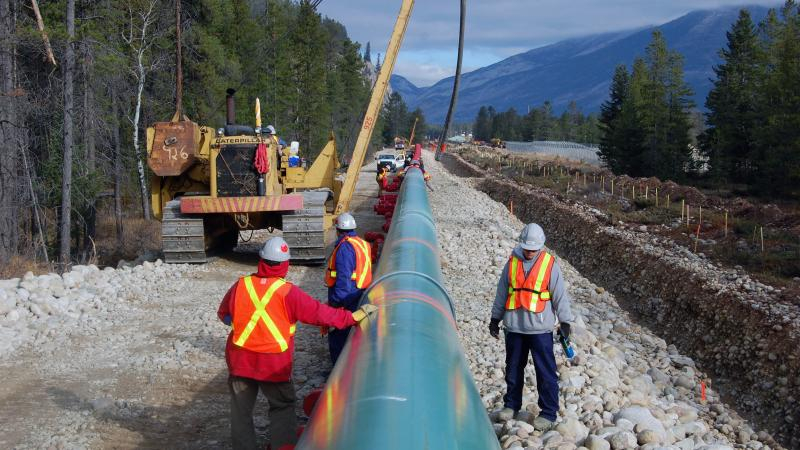
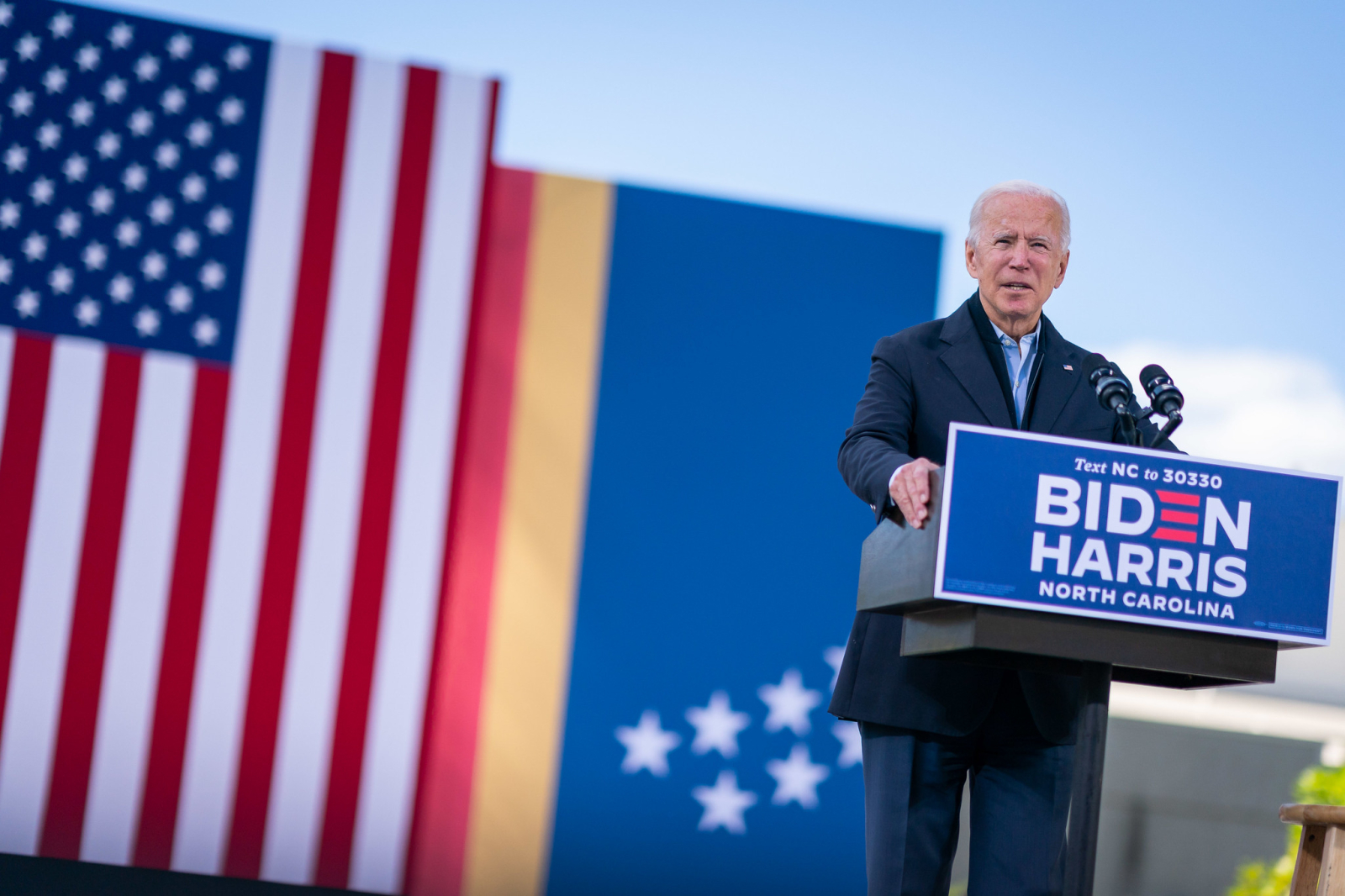 U.S. presidential nominee Joe Biden’s comments about the oil industry show that he understands the unparalleled global financial realignment happening due to climate change, the president of the Alberta Federation of Labour says.
U.S. presidential nominee Joe Biden’s comments about the oil industry show that he understands the unparalleled global financial realignment happening due to climate change, the president of the Alberta Federation of Labour says.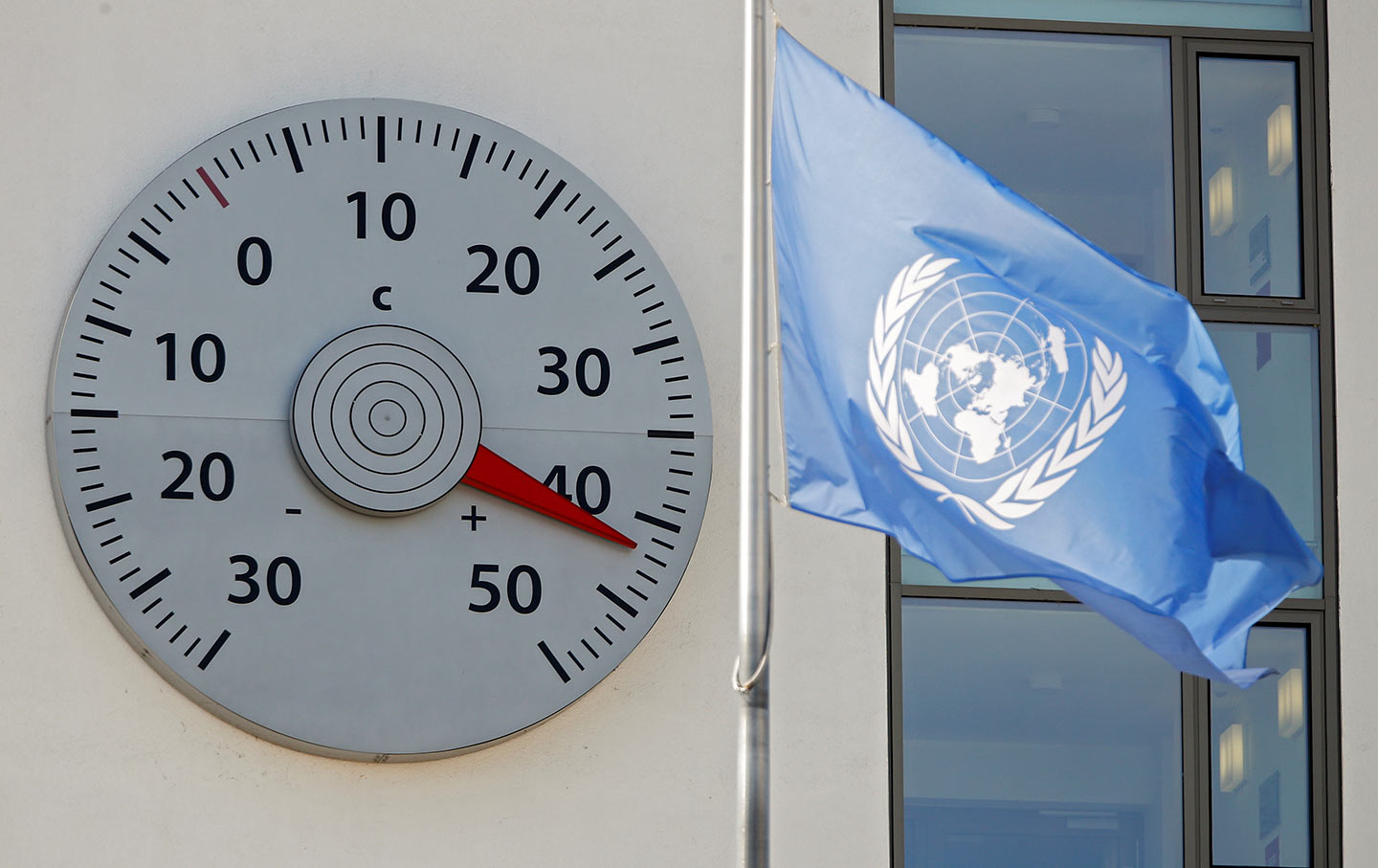
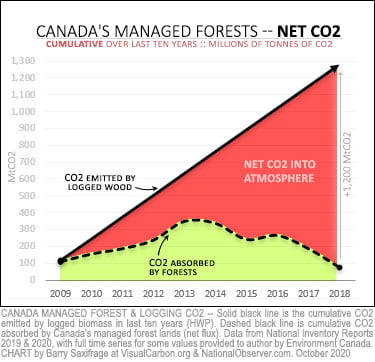



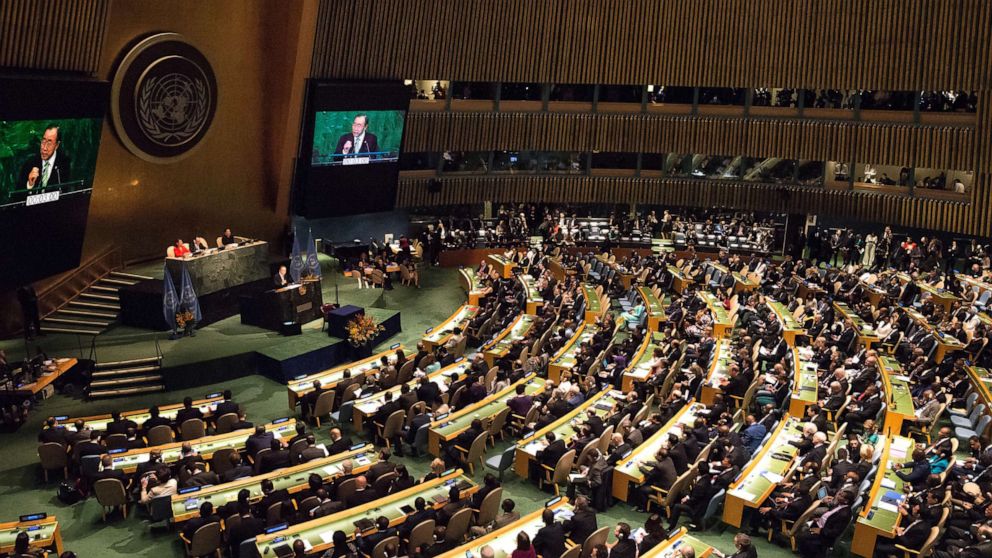

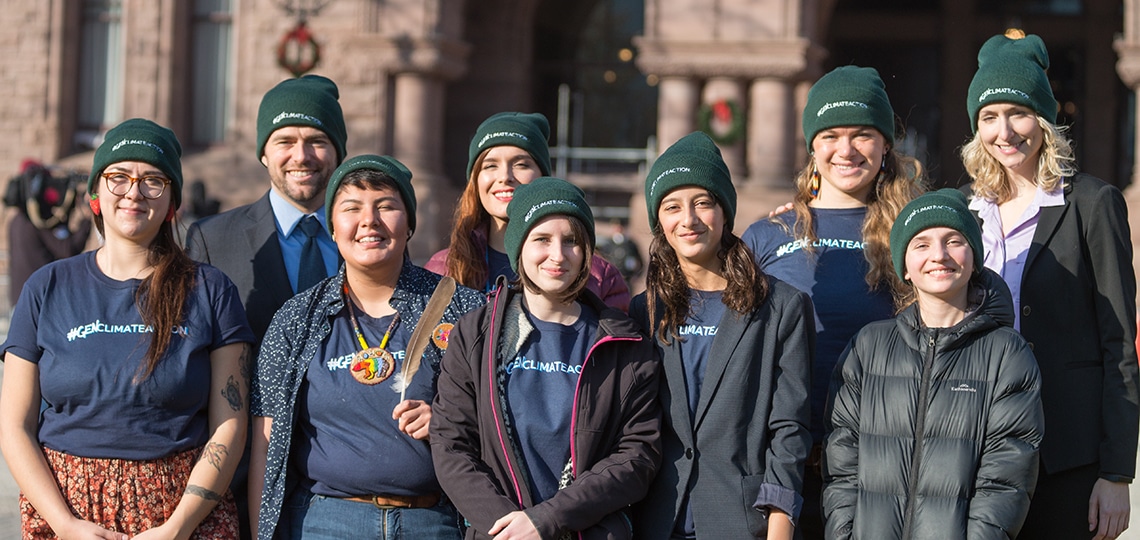
/https://www.thestar.com/content/dam/thestar/politics/federal/2020/11/16/canada-hasnt-hit-a-climate-change-target-since-1992-can-justin-trudeau-break-the-streak/justin_trudeau.jpg)

